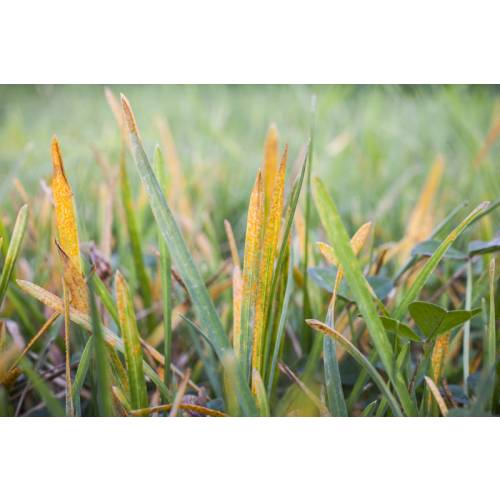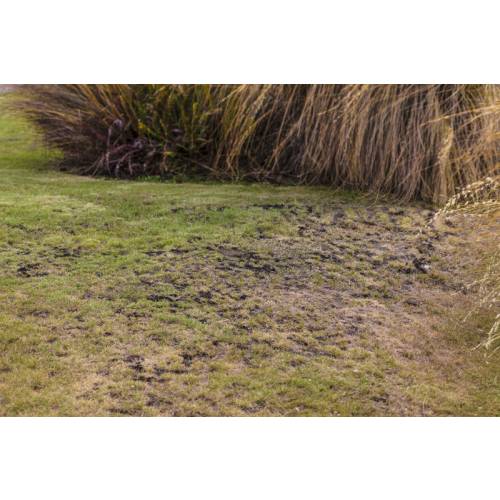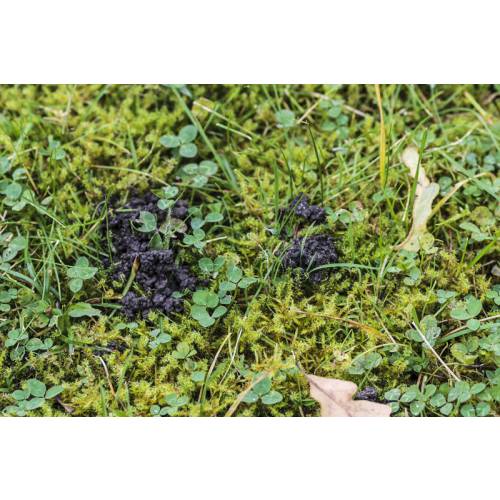
Fight against weeds
Detect and cure lawn diseases
- Details
-
Grasses which make up the lawn are not very sensitive to diseases. But when a problem arises in the lawn, it has a tendency to spread. Therefore, it is vital to detect the problem in time and intervene!
Rust fungus
Often met in the spring, this disease makes the lawn take on an orangey-yellow tint. Grass’ blades are covered with a rust-coloured dust, hence the disease name. It is in fact a minuscule fungus which is encouraged by dew. The annual blue grass is more sensitive to it than the Fescue. It is not necessary to treat the lawn as the disease regresses by itself.
The "wireworm"
This disease takes its name from the aspect taken by the grass blades which contract until they look like wires and become red. There again, it is caused by a fungus but it is wet summers and regular watering of the lawn which encourage it. This disease can spread so it is best to remove the infected area of lawn and repair it keeping a 10cm safety margin around the infected area.
Spots of bare ground
When grass disappears on small areas (less than 10cm of diameter) a white or grey worm might be eating away the roots. The problem is always occasional and does not always come back from one year to the next. Repair the damaged areas replacing the grass in infected areas. Anyway, there is no efficient, cheap fighting method available on the marked as yet.
When the lawn is wasting away...
Old lawns can become sparser so much that they let soil appear. The use of fertilisers and lawn’s weed killers, eventually combined with soil leaching have had the better of the ground vitality, which has disappeared. Grass loses it vigour. In this case, you must reseed the lawn, at least locally. Turn the soil, add some organic soil-enriching agent and sow a suitable mix on the spot
Non serious
The mushrooms’ caps which appear on lawns do not indicate that a disease is attacking the grass. More often than not, they emerge from dead wood (like old roots) present in the ground, buried not very deep under the lawn.
Likewise, the worm-castings, looking like small soil’s mounds left by the worms on the grass’ surface indicate that your ground is active under your lawn. An excellent sign, despite the unappealing sight of these dejections... - Photos (4)




